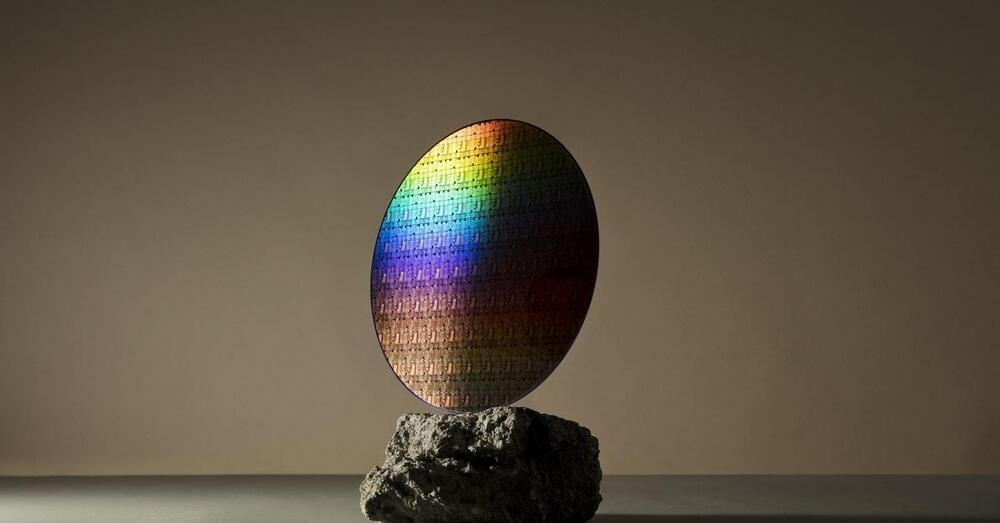Stacking transistors could be the next big thing in chips.
IBM and Samsung have announced their latest advance in semiconductor design: a new way to stack transistors vertically on a chip (instead of lying flat on the surface of the semiconductor).
The new Vertical Transport Field Effect Transistors (VTFET) design is meant to succeed the current FinFET technology that’s used for some of today’s most advanced chips and could allow for chips that are even more densely packed with transistors than today. In essence, the new design would stack transistors vertically, allowing for current to flow up and down the stack of transistors instead of the side-to-side horizontal layout that’s currently used on most chips.
Vertical designs for semiconductors have been a trend for a while (FinFET already offers some of those benefits); Intel’s future roadmap also looks to move in that direction, too, although its initial work focused on stacking chip components rather than individual transistors. It makes sense, after all: when you’ve run out of ways to add more chips in one plane, the only real direction (other than physically shrinking transistor technology) is to go up.
